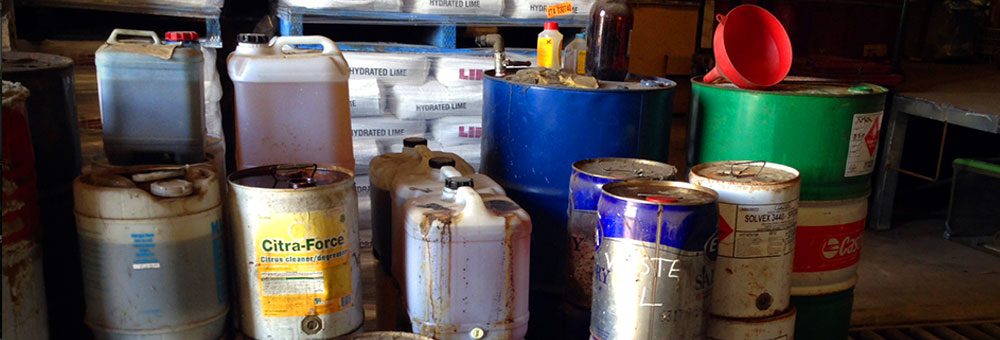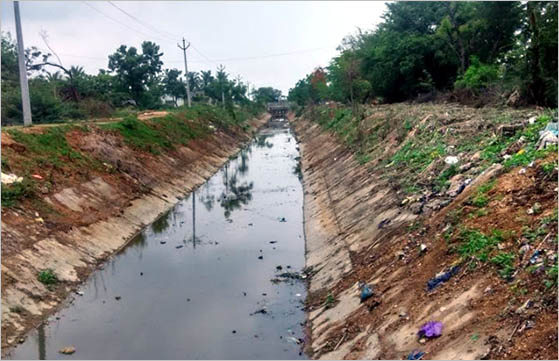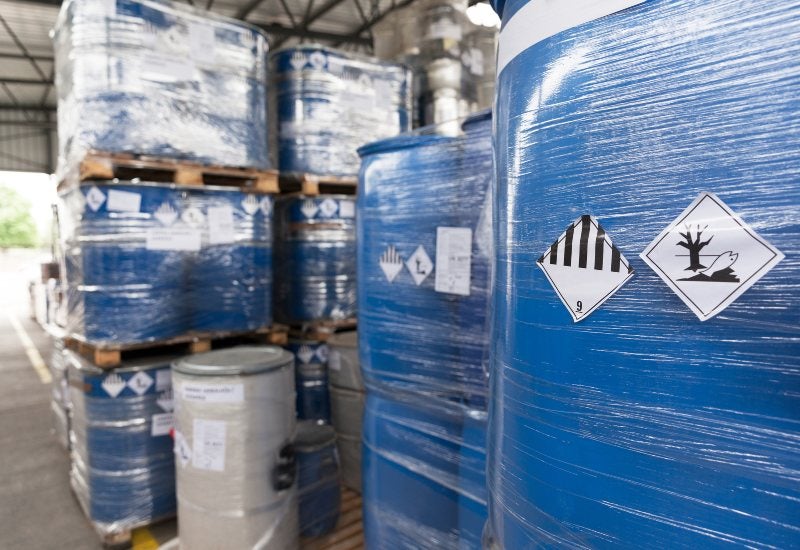Innovative Industrial Wastewater Treatment Solutions: Safeguarding the Atmosphere
Innovative Industrial Wastewater Treatment Solutions: Safeguarding the Atmosphere
Blog Article
Exactly How Liquid Waste Disposal Functions: A Detailed Summary of Techniques and Technologies Employed

Overview of Fluid Waste Types
The intricacy of liquid waste kinds necessitates a thorough understanding of their features and effects for disposal. Fluid waste can generally be classified into numerous kinds, consisting of commercial, metropolitan, farming, and harmful waste. Each category exhibits distinctive residential properties, needing particular administration methods to reduce environmental and health threats.
Industrial fluid waste originates from producing processes and often has a variety of impurities, such as heavy steels, solvents, and organic substances. Metropolitan liquid waste, mostly comprising wastewater from homes and commercial facilities, has natural issue, nutrients, and microorganisms (industrial wastewater treatment). Agricultural liquid waste, consisting of runoff from ranches, may contain plant foods, pesticides, and pet waste, posturing dangers to water quality and ecosystems
Harmful fluid waste is characterized by its toxicity, sensitivity, or potential to cause damage. Recognizing these diverse liquid waste types is vital for creating effective disposal approaches and making certain compliance with environmental laws.
Physical Treatment Techniques

Screening is the initial step, where larger particles and debris are removed from the liquid waste using displays or grates. This procedure protects downstream devices from damage and makes sure smoother operation. Adhering to screening, sedimentation utilizes gravitational force to separate solids from liquids. In sedimentation containers, larger bits clear up at the base, developing a sludge layer, while the cleared up liquid can be more dealt with.
Filtering is another vital method that includes passing the liquid through porous materials, such as sand or membrane layers, to capture smaller sized bits. This step improves the top quality of the fluid, making it appropriate for succeeding treatment procedures.

Chemical Treatment Strategies
Chemical therapy techniques are crucial for successfully managing fluid waste, particularly in addressing liquified and colloidal impurities that physical techniques might not sufficiently remove. These strategies utilize different chemical representatives to reduce the effects of, speed up, or transform unsafe compounds right into less dangerous forms.
One typical technique is coagulation and flocculation, where chemicals such as alum or ferric chloride are included in advertise the aggregation of suspended bits. This process enhances sedimentation, enabling for much easier elimination of the resulting sludge. Additionally, oxidation procedures, employing representatives like chlorine or ozone, are used to break down complicated natural substances and pathogens, rendering the waste much safer for discharge or more therapy.
Neutralization is another vital technique, which changes the pH of acidic or alkaline waste streams to neutral degrees, protecting against potential harm to downstream systems and the atmosphere. Moreover, advanced oxidation procedures (AOPs) utilize combinations of oxidants and ultraviolet light to break down relentless toxins, attaining a higher level of helpful site treatment efficiency.
Biological Treatment Procedures
Organic therapy procedures play an important function in the administration of liquid waste by utilizing microorganisms to break down raw material and reduce go to website contaminant levels. These procedures can be extensively classified into anaerobic and aerobic treatments, each utilizing details microbial areas to accomplish efficient waste degradation.
Aerobic therapy includes the use of oxygen to help with the break down of organic products by germs. This process is typically executed in activated sludge systems, where oygenation storage tanks offer a conducive atmosphere for microbial growth, resulting in the oxidation of organic pollutants. The resultant biomass can be divided from dealt with effluent via sedimentation.
In contrast, anaerobic therapy occurs in the lack of oxygen, depending on various microorganisms to break down raw material. This approach is particularly advantageous for high-strength waste, as it creates biogas, a renewable resource resource, while decreasing sludge manufacturing. Technologies such as anaerobic digesters are often employed in commercial and local applications.
Both anaerobic and cardio biological therapies not only decrease the environmental influence of fluid waste however also you could try this out assist in resource healing, making them important parts of lasting waste administration strategies. Their performance, adaptability, and efficiency support their extensive execution across different fields.
Arising Technologies in Disposal
Innovative techniques to fluid garbage disposal are quickly advancing, driven by innovations in innovation and an increasing emphasis on sustainability. Amongst these emerging innovations, membrane layer bioreactors (MBRs) have obtained traction for their ability to combine organic therapy with membrane layer filtration, resulting in top notch effluent that can be recycled in various applications. MBRs allow smaller sized impacts and a lot more reliable procedures contrasted to traditional systems.
Another promising development is making use of anaerobic digestion incorporated with nutrient recovery innovations, which not only treats liquid waste but also produces biogas and recoups useful nutrients like nitrogen and phosphorus. This double advantage improves resource performance and lowers ecological effect.
Furthermore, advanced oxidation processes (AOPs) are being taken on for the destruction of intricate natural contaminants. These techniques utilize powerful oxidants and drivers to break down contaminants at the molecular level, supplying a very efficient remedy for tough waste streams.
In addition, the combination of expert system and artificial intelligence in waste monitoring systems is maximizing functional performance and anticipating maintenance, bring about reduced prices and enhanced environmental conformity. These technologies mirror a substantial change towards even more reliable and sustainable fluid garbage disposal practices.
Verdict
To conclude, effective fluid waste disposal demands a thorough understanding of different strategies and innovations. The assimilation of physical, chemical, and biological therapy techniques ensures the effective management of diverse waste kinds. Additionally, the appearance of innovative innovations improves therapy efficacy and promotes sustainability in waste monitoring practices. By constantly progressing these approaches, it comes to be feasible to deal with the expanding obstacles connected with fluid waste, ultimately contributing to ecological defense and resource healing.
Liquid waste disposal is a crucial element of environmental monitoring, calling for an extensive understanding of various techniques and innovations tailored to different waste kinds. Fluid waste can generally be categorized into numerous types, consisting of commercial, metropolitan, agricultural, and hazardous waste. Agricultural liquid waste, including runoff from ranches, might have plant foods, chemicals, and pet waste, presenting dangers to water high quality and ecological communities.
Various physical therapy approaches play a critical duty in taking care of fluid waste properly - industrial wastewater treatment.In verdict, efficient liquid waste disposal necessitates a comprehensive understanding of numerous strategies and modern technologies
Report this page